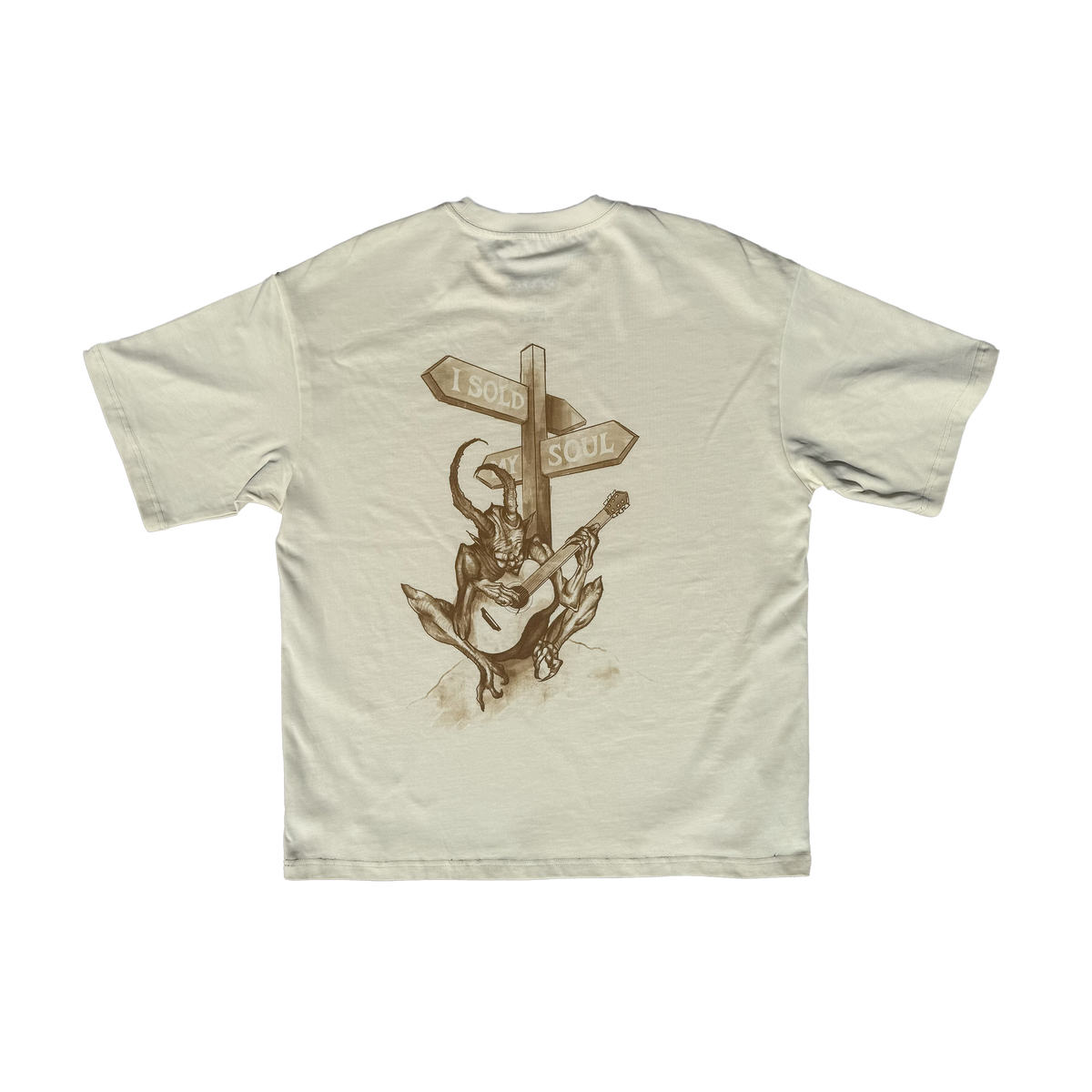If you’re diving into the world of electric guitars or basses, you’ve likely come across the terms “active” and “passive” pickups. These two types of pickups play a huge role in shaping your instrument’s sound, but what exactly sets them apart? Let’s break it down in a simple, straightforward way to help you understand their differences and decide which might be right for you.
What Are Pickups, Anyway?
Before we get into the specifics, a quick refresher: pickups are the components on an electric guitar or bass that capture the vibrations of the strings and convert them into an electrical signal. This signal is then sent to your amplifier to produce sound. Both active and passive pickups do this job, but they go about it in very different ways due to their design and power needs.
Passive Pickups: The Classic Choice
Passive pickups are the traditional option, used in most electric guitars since their invention. They rely on a simple design of magnets and coiled wire to generate a signal. Because they don’t require external power, passive pickups are straightforward and often favored for their warm, organic tone.
- Sound: Typically produces a vintage, raw sound with a wide dynamic range. Great for blues, rock, and classic styles.
- Output: Generally lower output, meaning less volume and gain compared to active pickups.
- Maintenance: No batteries or power source needed, so they’re low-maintenance and always ready to play.
Passive pickups are iconic in guitars like the Fender Stratocaster or Gibson Les Paul, where their natural tone shines through.
Active Pickups: The Modern Powerhouse
Active pickups, on the other hand, use a built-in preamp powered by a battery (usually a 9-volt). This preamp boosts the signal before it even leaves the guitar, giving active pickups a distinct edge in certain scenarios. They’re popular in heavier genres and with players who need a consistent, high-output sound.
- Sound: Cleaner, more compressed tone with less noise and hum. Often described as “sterile” by some, but ideal for metal and high-gain styles.
- Output: Higher output, delivering more volume and punch, which pairs well with distortion and effects.
- Maintenance: Requires a battery, which means you’ll need to replace it periodically and ensure it’s charged before playing.
Artists like Metallica’s James Hetfield often use active pickups (like EMG models) for their tight, aggressive sound in metal music.
Key Differences at a Glance
To sum it up, the main difference lies in power and tone. Passive pickups are unpowered, offering a classic, dynamic sound with lower output. Active pickups use a battery-powered preamp for a boosted, cleaner signal with higher output. Your choice depends on your playing style, genre, and whether you’re okay with a bit of extra maintenance for that active punch.
Which Should You Choose?
There’s no “better” option—only what suits you best. If you love vintage tones and play mostly clean or lightly distorted styles, passive pickups might be your go-to. If you’re into heavy genres or need a noise-free, powerful signal for live performances, active pickups could be the way to go. Many players even mix both types on different instruments to cover all their sonic bases. Experiment with both if you can, and let your ears decide!
























